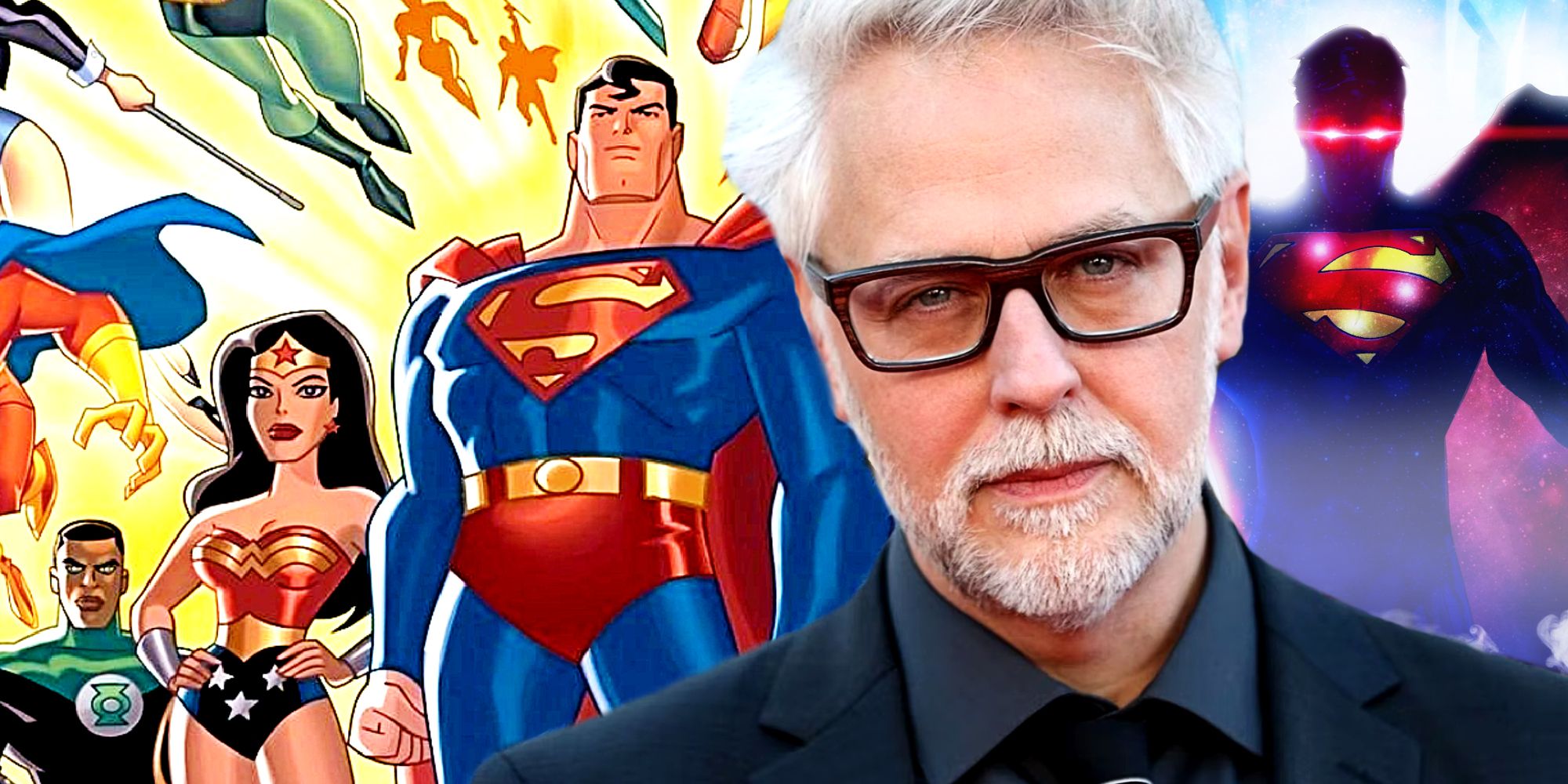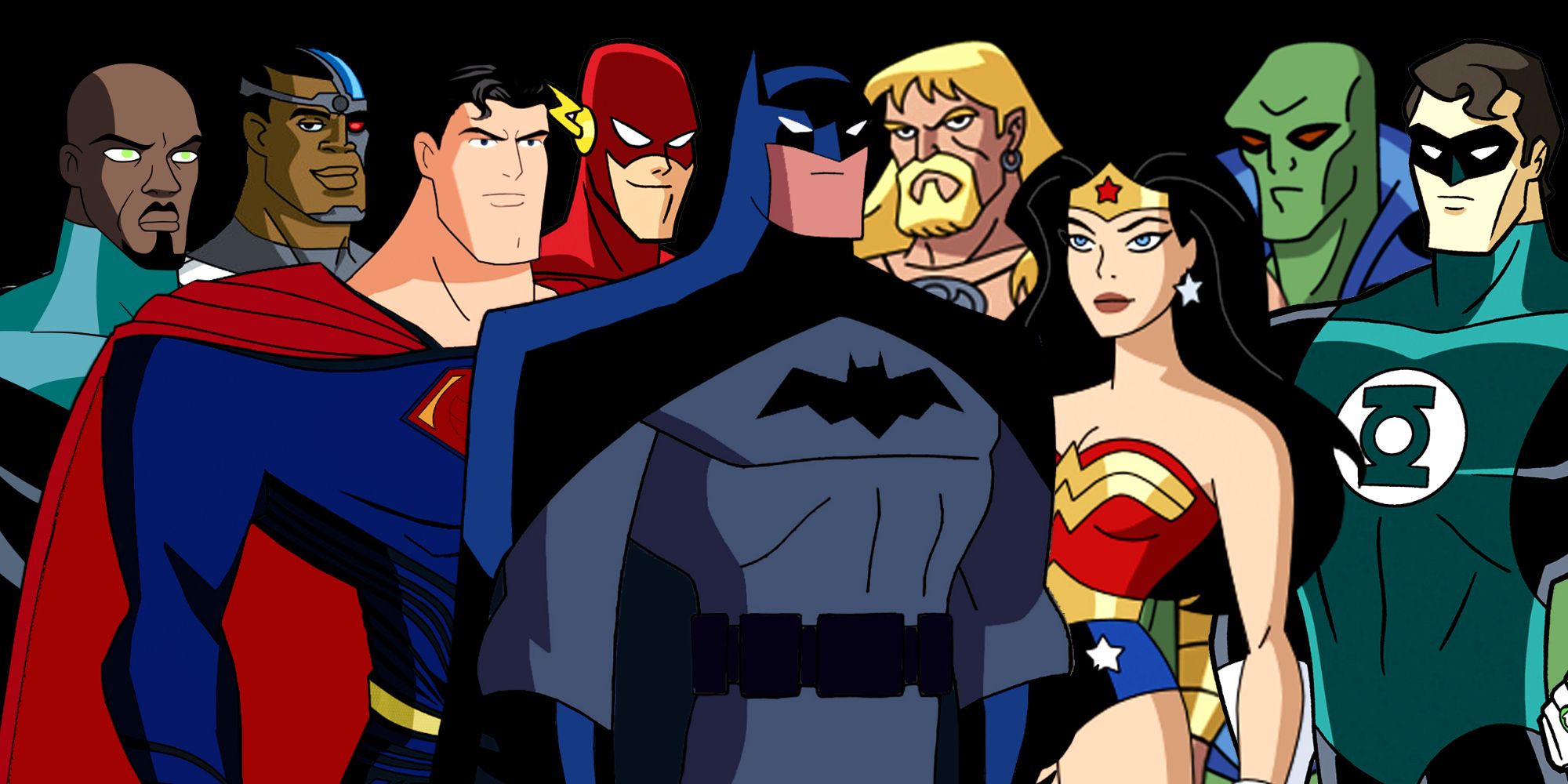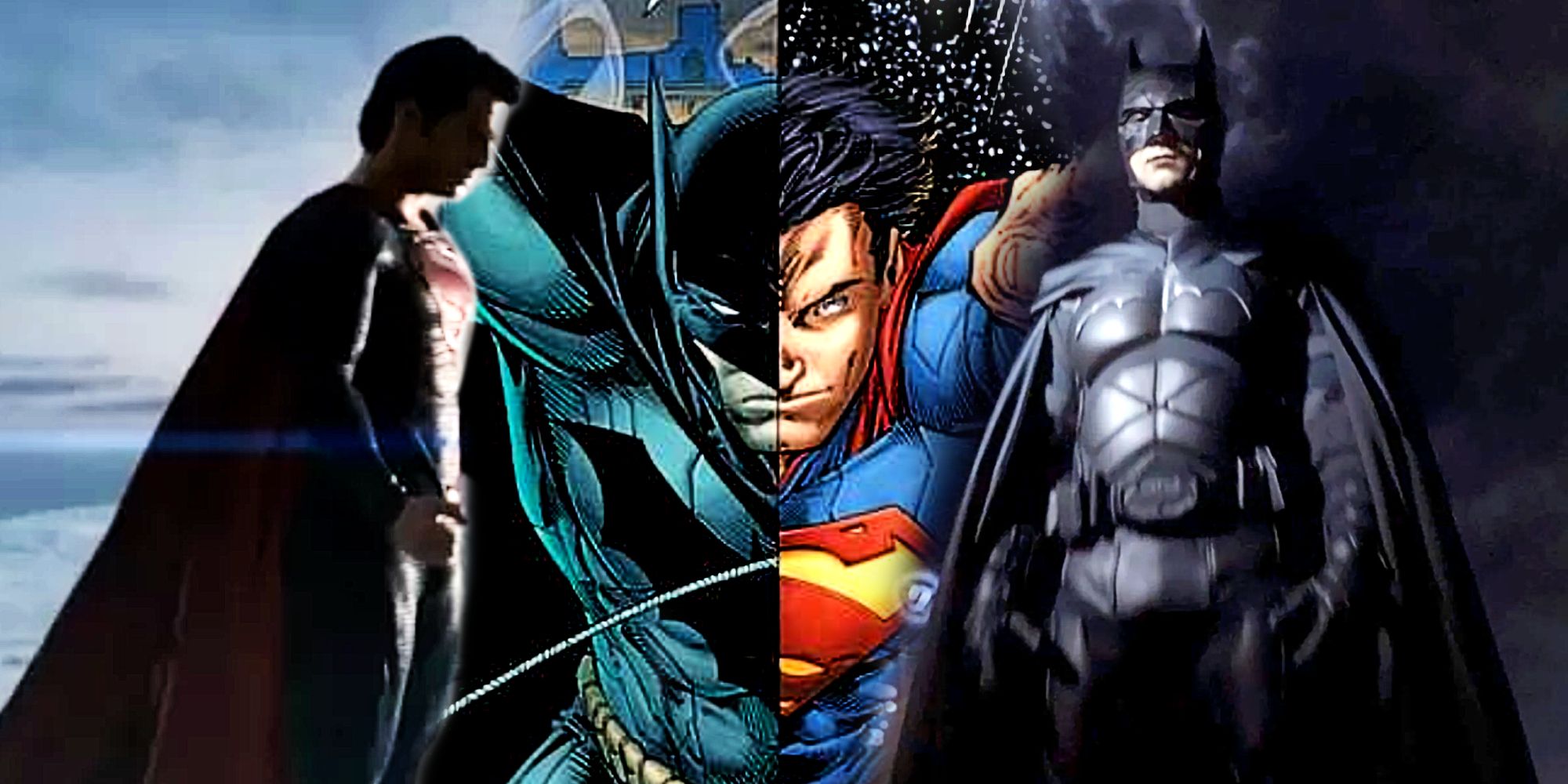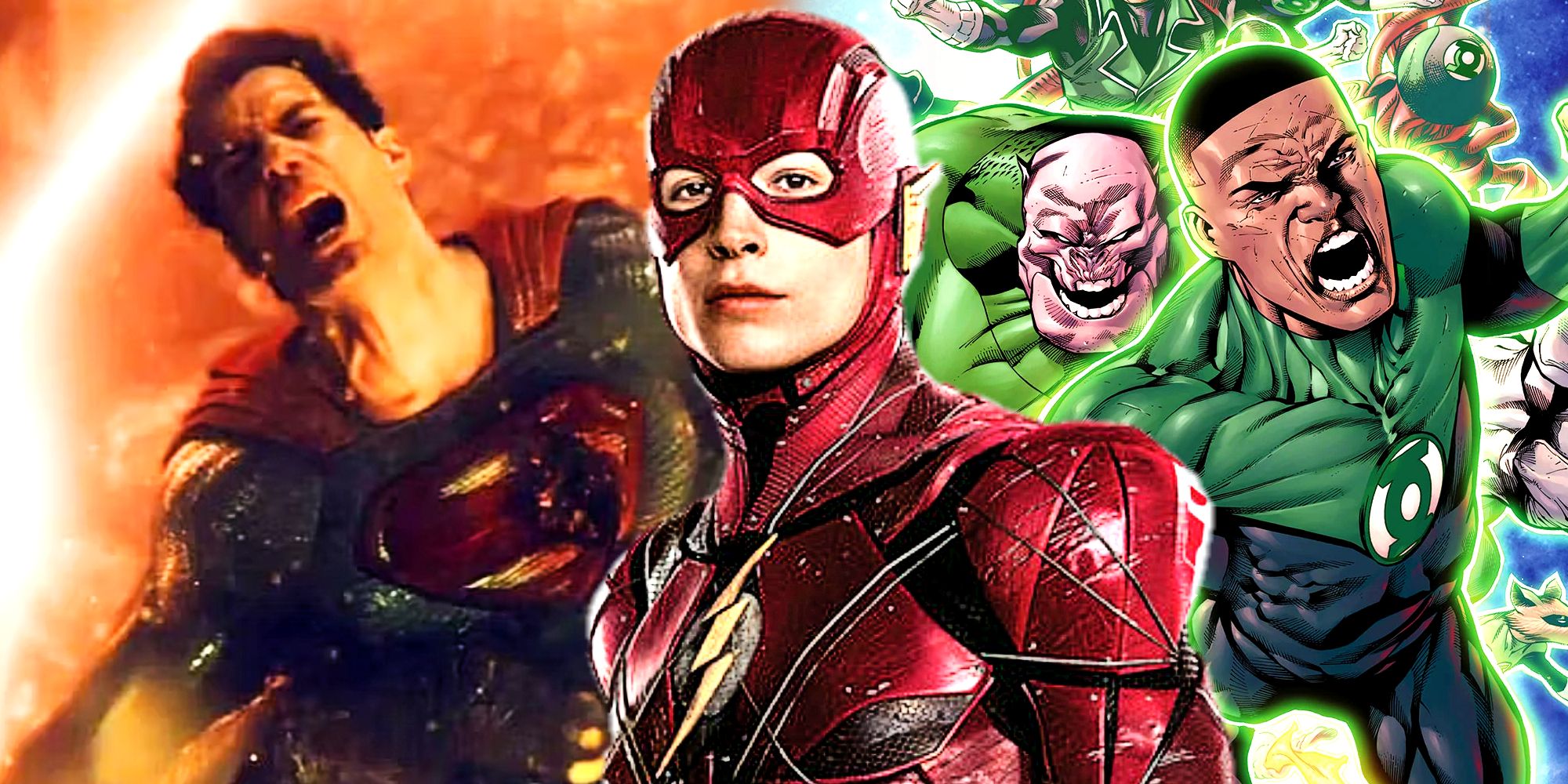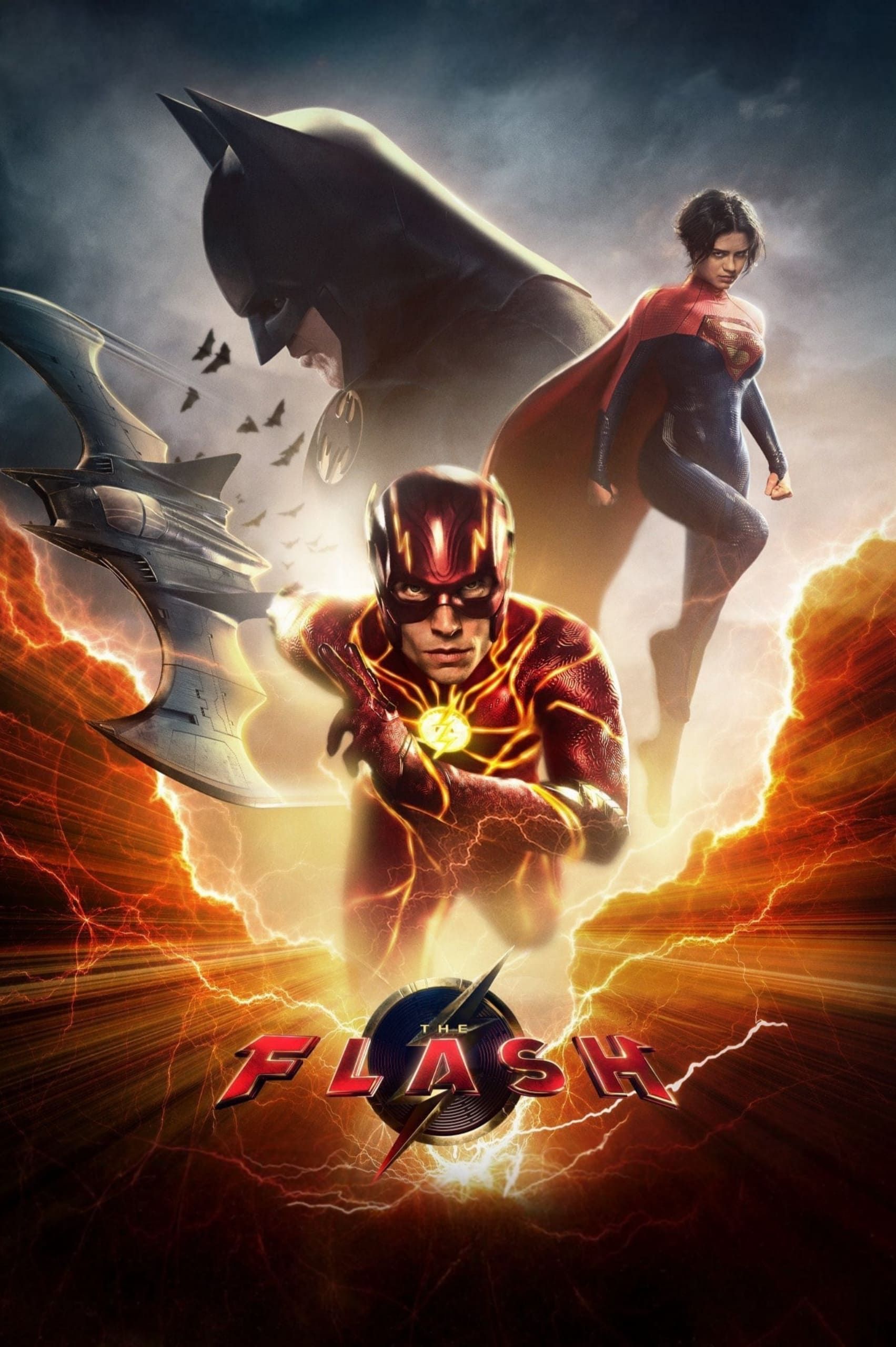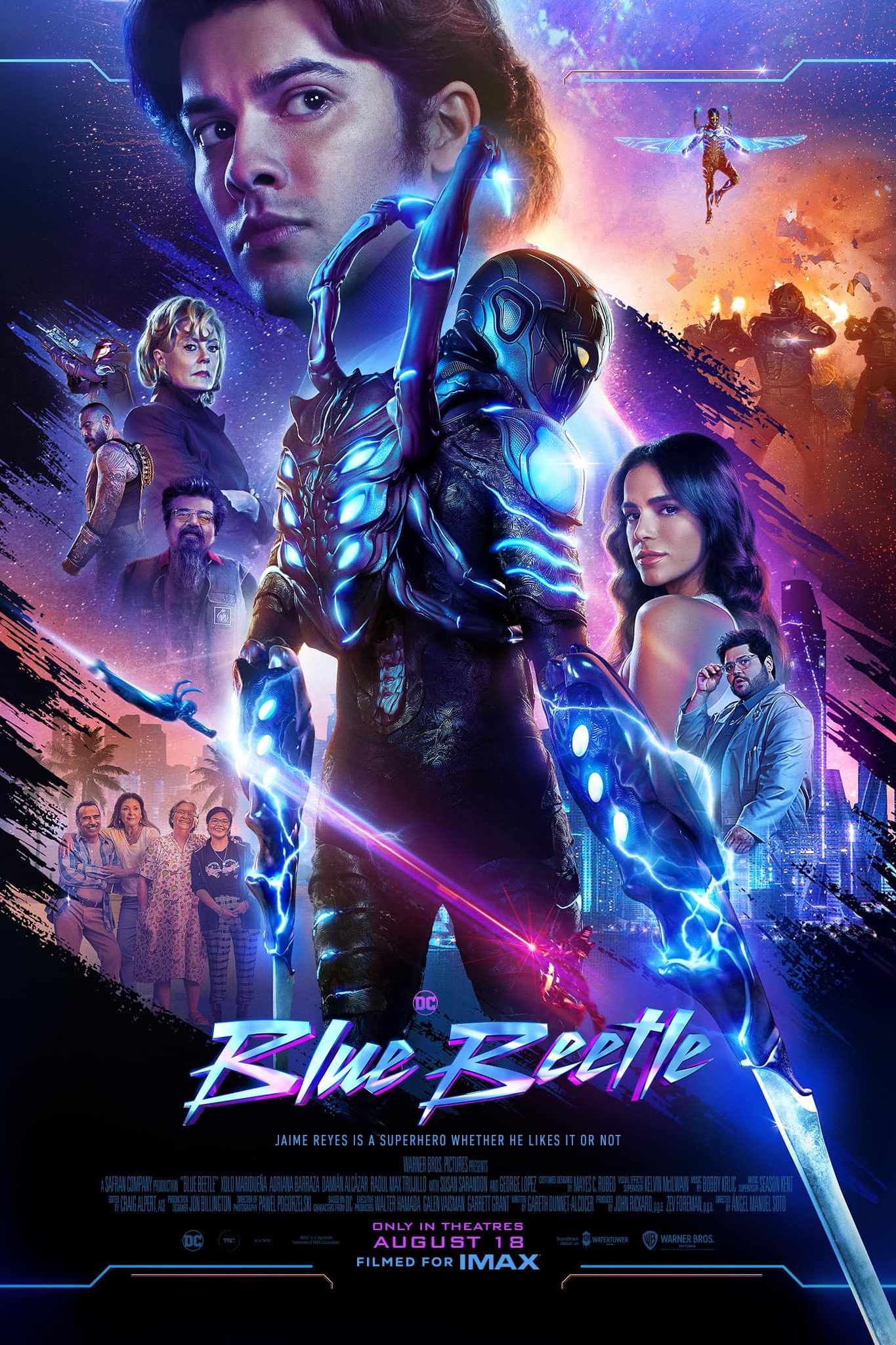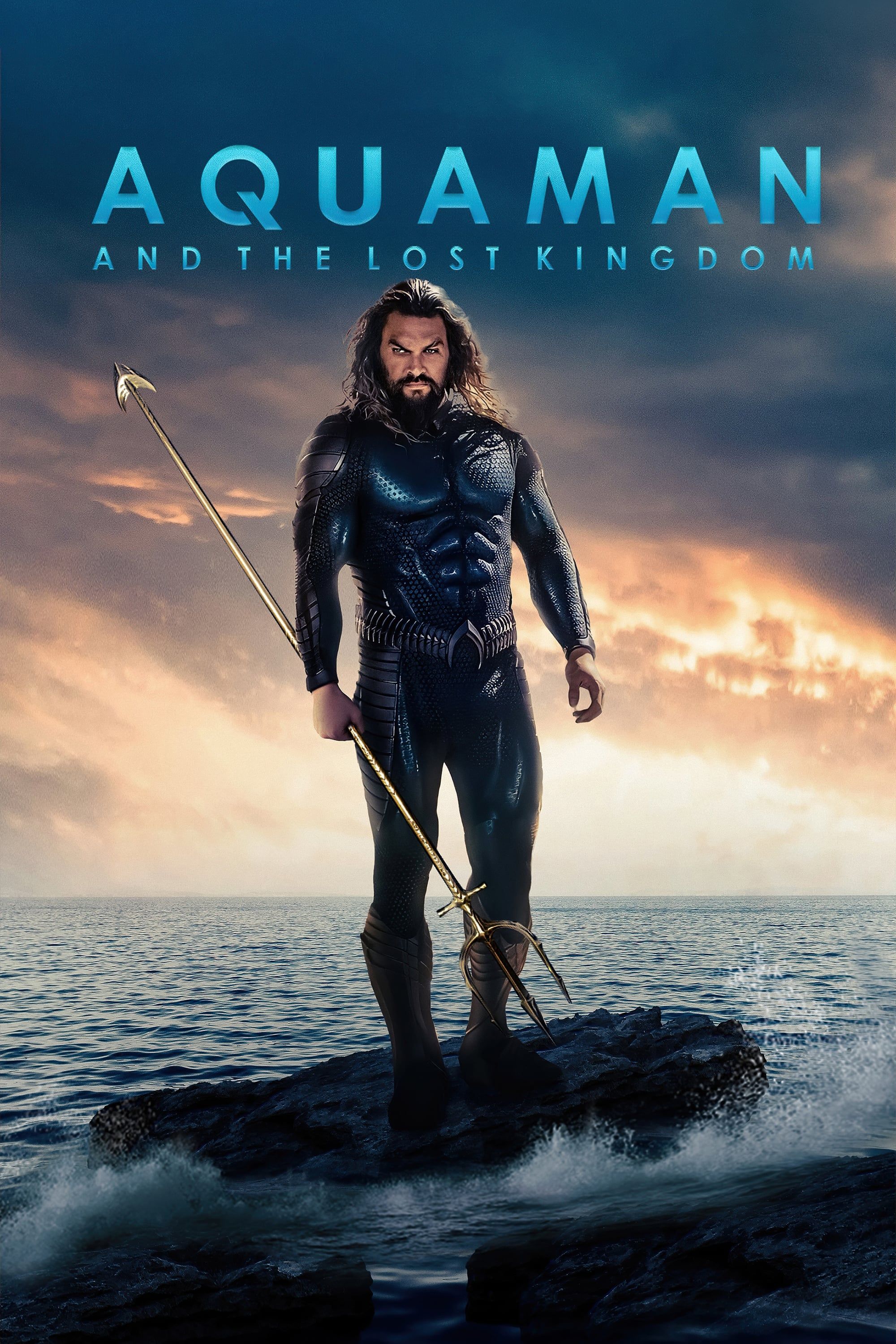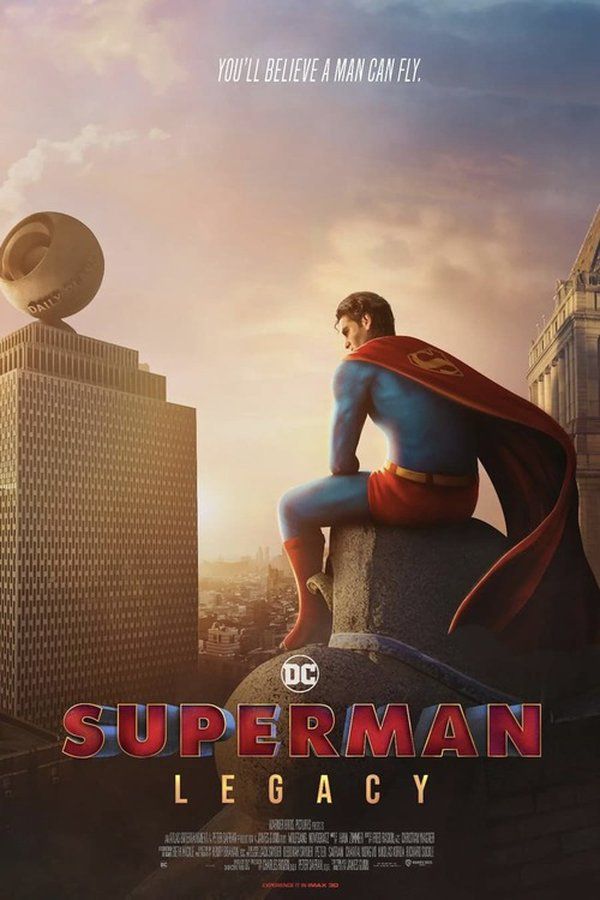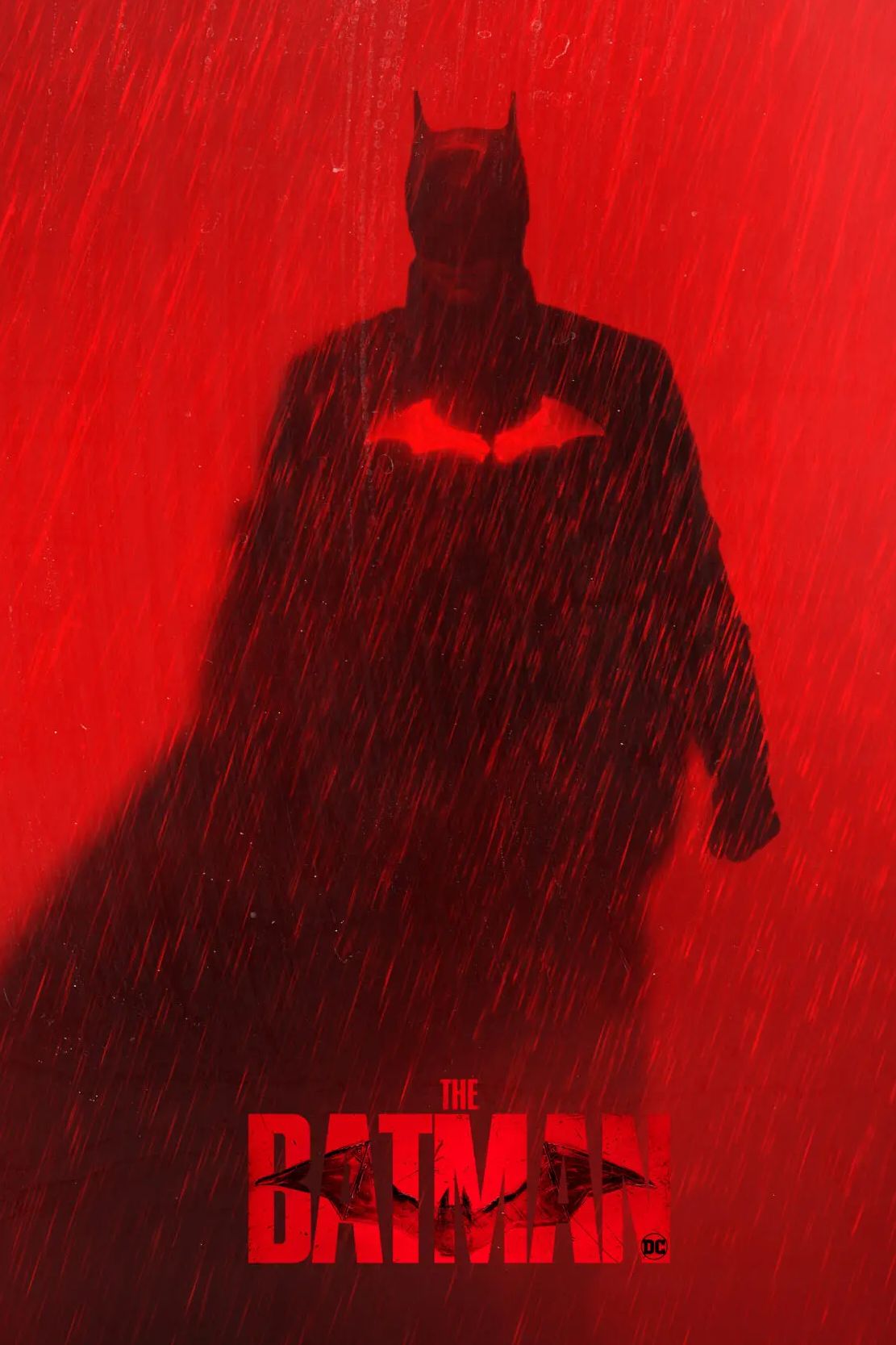James Gunn and Peter Safran's DC Universe should copy a clever storytelling trick that allowed Bruce Timm's DC Animated Universe to handle numerous characters and plot lines at once. Gunn and Safran have ambitious movie and TV show plans for their reboot, as they aim to avoid all the obstacles that kept the DCEU from capitalizing on DC's full potential. DC's vast gallery of characters has everything it takes to star in a cinematic franchise that correctly balances individual stories with a rich interconnected universe.
For that success, the upcoming DC movies and TV shows can learn from animation. Bruce Timm's DC Animated Universe began in 1992 with the widely acclaimed Batman: The Animated Series, followed by Superman: The Animated Series, The New Batman Adventures, Batman Beyond (which inspired a now canceled movie), Static Shock, The Zeta Project, and culminating with Justice League and Justice League Unlimited. What makes the DCAU's success so impressive is that only Batman, Superman, and Static Shock got their own title, and yet, the DCAU — or "Timmverse" — managed to build an expansive franchise where every character had their time to shine. That could (and should) inspire the DC Universe's movies and shows.
The DC Animated Universe’s Timeline Was Its Greatest Weapon
The DC Animated Universe's timeline juggled dozens of characters, which can be attributed to the sheer quality of the writing, but is also aided by the fact that it wastes no time on origin stories. Justice League begins with Batman and Superman assembling the Justice League for the first time, but almost every single hero and villain they meet is already established by that point. Even Justice League founders Batman and Superman had been fighting crime for a while before the first episode of their own shows. This allowed each episode to focus entirely on developing new stories and deepening the franchise's world-building.
Supporting characters like Shazam, Green Arrow, and Amanda Waller appeared deep into the series with an existing backstory and interacted with the League without requiring entire episodes or movies devoted to explaining who they are. The DC Animated Universe didn't rush storylines either. Despite skipping origin stories, each show took place in the precise spot where the characters still had their greatest adventures ahead of them. Although viewers didn't see each Justice League member's early adventures, for instance, it was still exciting to see them get to know each other or face Task Force X for the first time.
James Gunn’s DC Universe Doesn’t Need Origin Stories
The new DC Universe will follow a younger version of Superman and possibly a younger version of most other characters. However, this doesn't mean that the audience has to watch Superman learn to use his powers or Batman begin his crime-fighting crusade yet again (with Gunn confirming his Superman won't be an origin story). Like the DC Animated Universe, the DCU can gloss over the basics and instead explore uncharted territory. For instance, Superman's fight against Brainiac could be the biggest challenge the DC Universe's young Superman has faced so far, but it wouldn't be confusing to see Supergirl, Lex Luthor, and Jimmy Olsen also show up in supporting roles. While the audience wouldn't be familiar with this specific iteration of those characters, their relationship with Superman would be clear enough to understand through context alone.
Skipping Origin Stories Avoids Some Of The DCEU’s Biggest Problems
It took more than a decade and nine appearances for Iron Man to go from his origin story to his death, and it only took Henry Cavill's Superman two appearances to do the same. However, Superman's story came off as rushed and incomplete as a result. In order to do him justice, the DCEU would have needed to either postpone the crossovers or begin Superman's DCEU journey at a later point in his life — similar to Batman. Ezra Miller's first appearance as The Flash came back in 2016, but Barry Allen continues to be a novice superhero, at least until the solo movie finally advances Barry's character arc. One decade after Man of Steel kickstarted the DCEU, the Green Lanterns are nowhere to be seen, the Justice League has only met once, and Man of Steel 2 won't happen since Cavill isn't Superman anymore.
While these flaws have their roots in unfortunate circumstances and logistical problems, they also attempt to pay off years' worth of set-ups at the same time they're being set up. Building a vast cinematic universe as big as the DCEU or the MCU takes several years. James Gunn's DC Universe could spend another decade setting up the Justice League's beginnings, or it can jump straight ahead into the action and trust the audience's ability to fill in the blanks of the characters' backstories, just as the DC Animated Universe already did in cartoon form.

